When photographer Dorothea Lange, best known for her haunting series of images from the Depression era, chose Ireland as her subject in the 1950s, she was not very happy with the way the finished product was presented in Life magazine.
She was, however, deeply pleased with the way her photographic series portrayed the people and the land of Ireland.
Lange had put pressure on the editors at Life to back her for this assignment, for which she had become committed upon reading a 1937 book written by a Harvard anthropologist, The Irish Countryman.
Though elderly and ill when she undertook the series, Lange captured in stark and evocative photographs the realities of life in County Clare in the mid-1950s.
Talking with her son, Daniel Dixon, who wrote the text for the photo essay, the celebrated photographer felt like the project should convey a general sense of the atmosphere in Ireland so that names and places were not important, but her editors did not concur.
They contracted a journalist in London, who then followed the steps of Lange around Clare, recording names and places for the magazine.
When the essay, titled Irish Country People, finally appeared in the Life issue of March 21, 1955, both Lange and her son were displeased.
She had wanted, she said, a “portrait of the country itself, its population, its customs, its mores, its atmosphere, the texture of its life. In these things, you don’t approach individuals as individuals. You’re thinking on a different level.
Although Lange had taken more than 2,000 photos, only 19 images appeared in the magazine. The text included little of Dixon’s narrative, and his name did not appear on the credits. Lange did not work for Life again.
Her work in Ireland, however, was recently uncovered in the Oakland Museum in California, by writer Gerry Mullins, and it’s the subject of a new book, Dorothea Lange’s Ireland. The records reveal that Lange remained in touch with many of the people she met in Clare for a number of years. Many of those people helped with the research for this book in 1995. Lange, a native of Hoboken, New Jersey, became a photographer at the age of 17. Her Migrant Mother is one of the world’s most famous photographs, and a print of her White Angel Breadline sold for $54,000 in 1994. But her images of Ireland had languished unnoticed in the archives for over 30 years. The new book features a series of more than 1– of these images for the first time.
According to Lange’s son, Daniel Dixon, who contributed to the book, his mother had a clear affinity with Ireland and its people. He quoted his mother as saying: “Ireland is always contrary, you know. But once in a while, the whole earth smiles for a minute, and then it’s different.”
When she once snapped an old man approaching on a lonely road, Lange explained her choice of subject. “That’s pure Ireland. He was just made out that wet, limey soil. Made out of it.”
Like the farmers she’d photographed in the rural South of the U.S., the Irish country people were rooted in the land, Dixon said.
Until the day she died in 1965, he said, she had one or another of her photos from Ireland pinned to her studio wall or displayed on a piece of corkboard in the kitchen. “‘Look at that face,’ she’d say of a photograph of an Irish girl smiling in the rain. ‘Isn’t that a beautiful face? That’s Ireland. That’s pure Ireland.'”
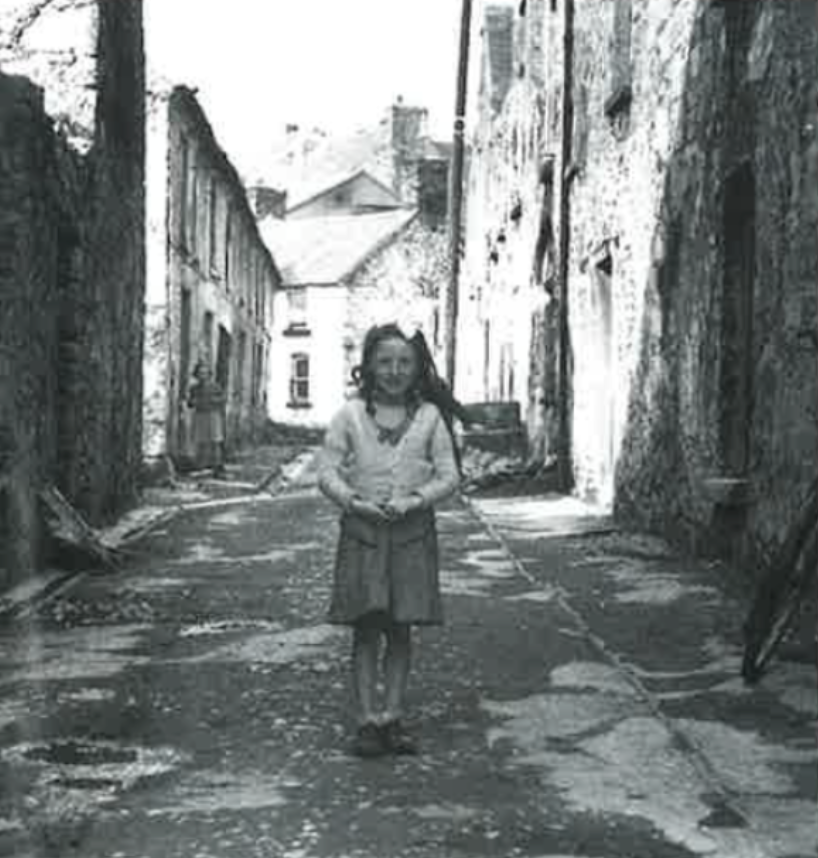
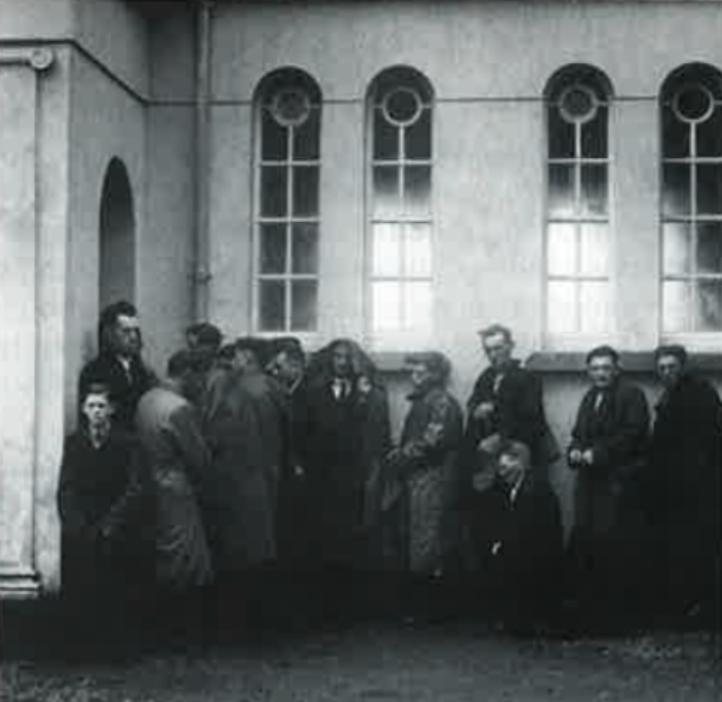
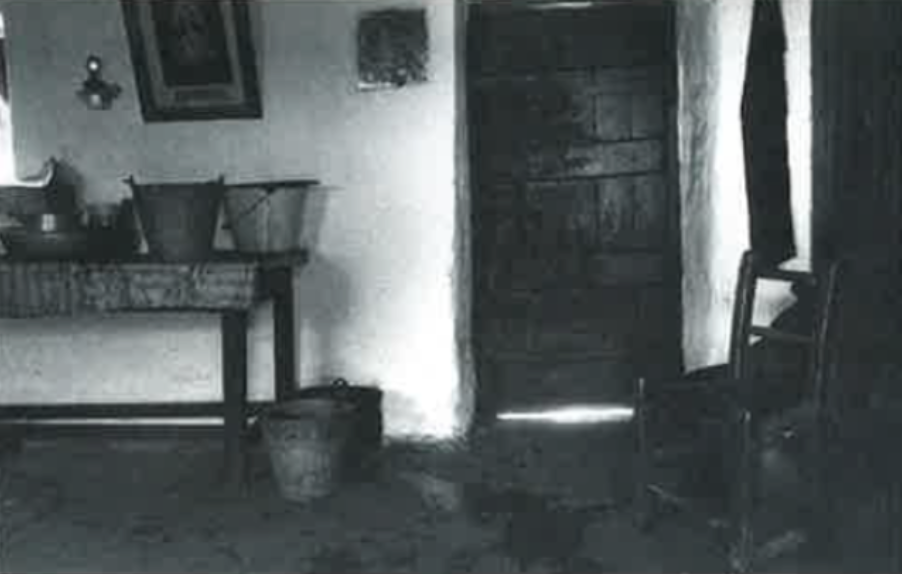
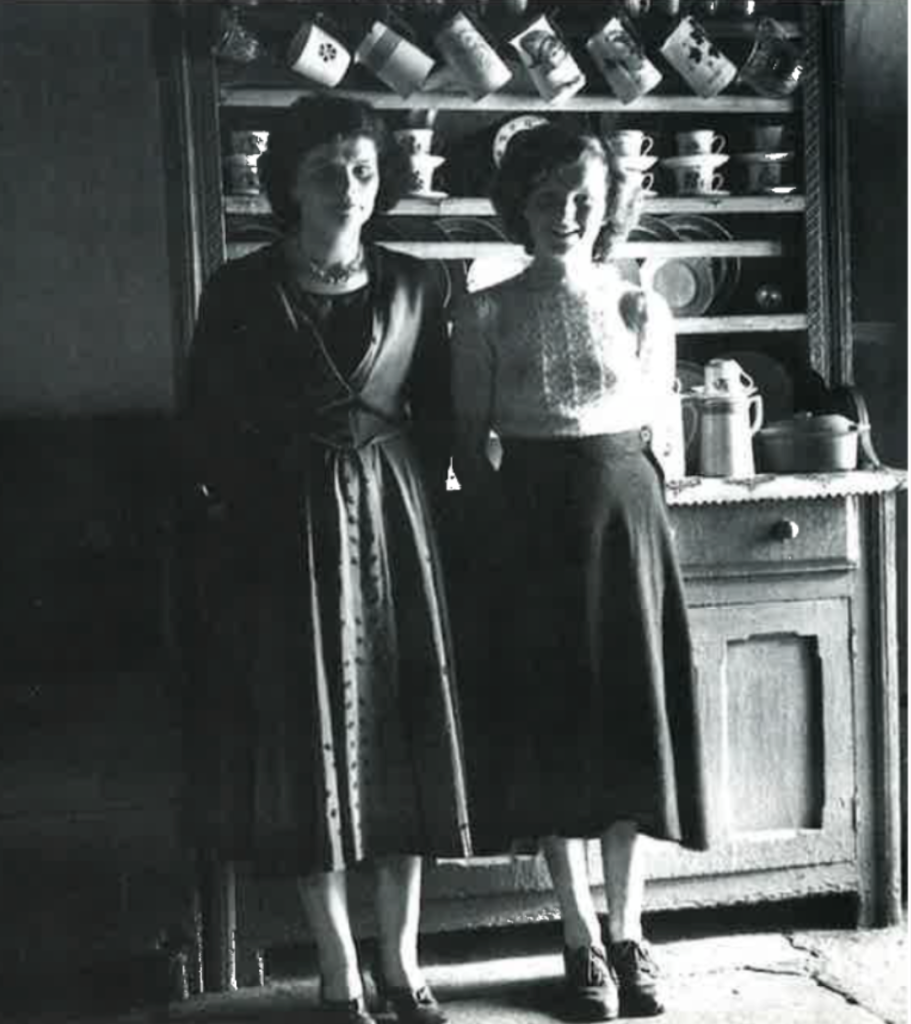
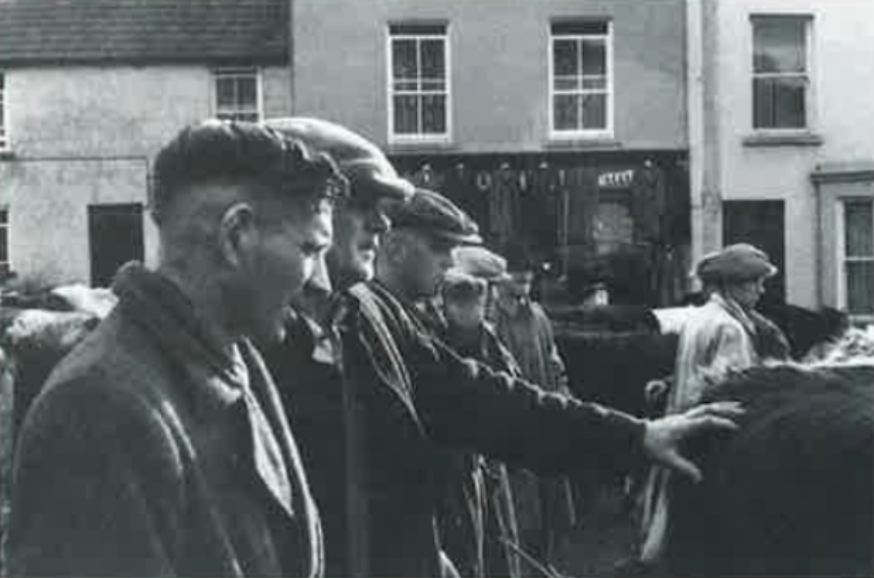
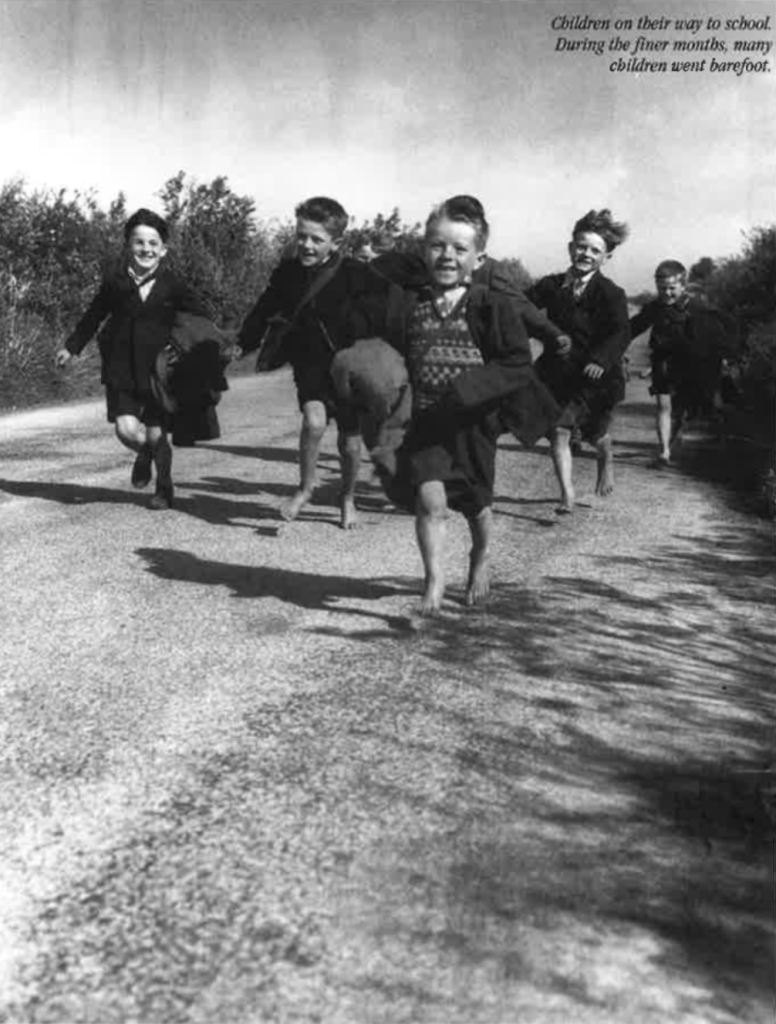
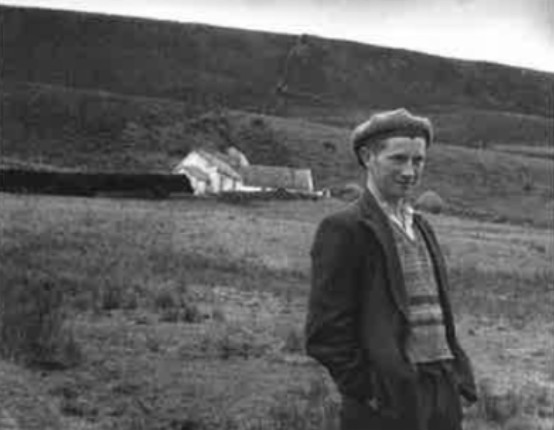
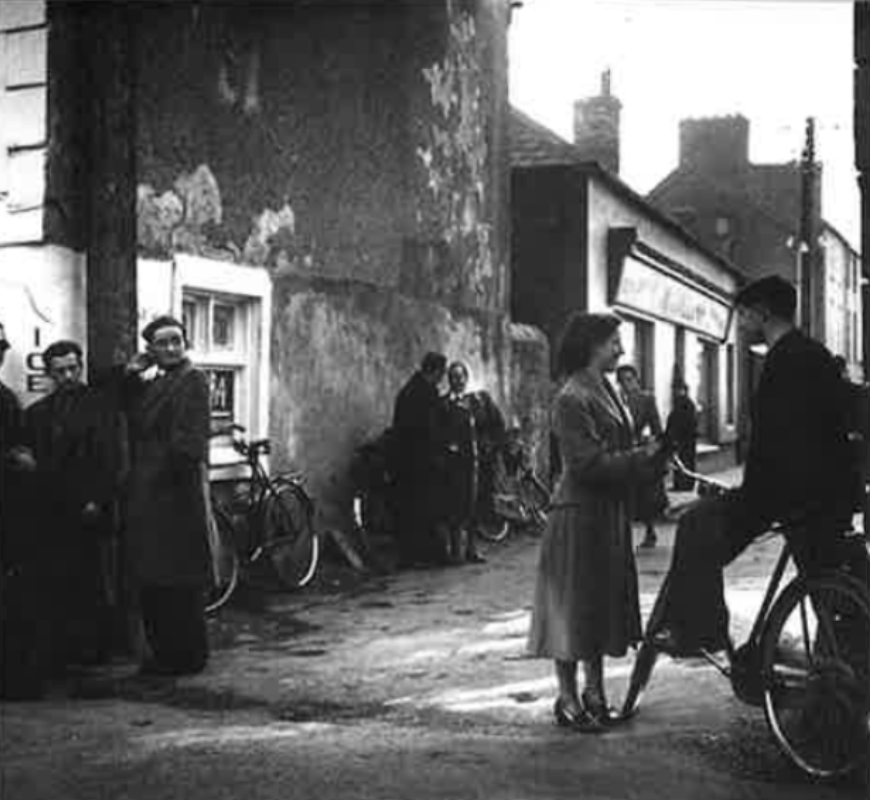
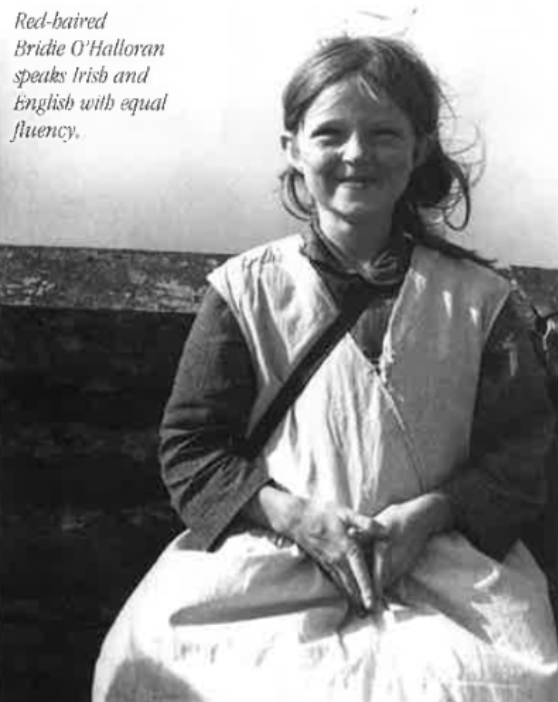
All photos © The Dorothea Lange Collection, The Oakland Museum of California, The City of Oakland. Gift of Paul S. Taylor.
Editor’s Note: This article was originally published in the March/April 1996 issue of Irish America. ⬥


Leave a Reply